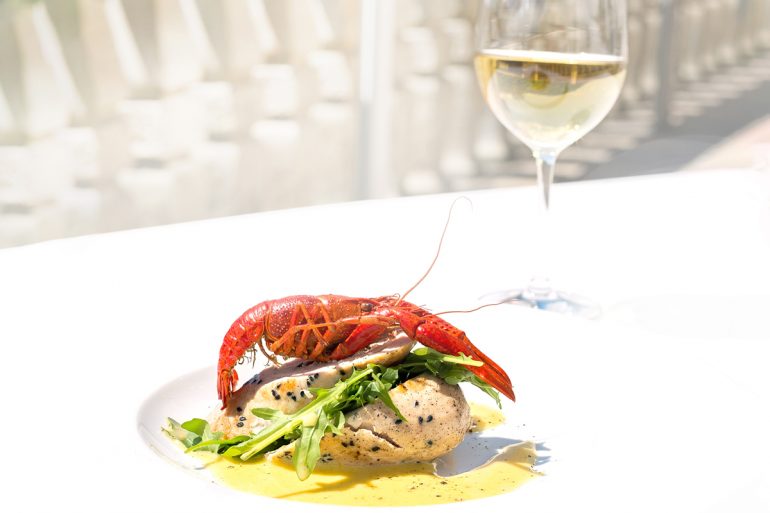Struggling to figure out what wine to open with your seafood dish? Although white wine does pair very well with fish, it’s a little more complicated than that. Not all white wines taste the same, and “fish” could mean anything from salmon to scallops.
It’s a good idea to consider the texture and flavour of the fish you’re eating when choosing a wine. However, if the sauce is the most prominent flavour on the plate, then use the sauce as your guide. Some types of fish are delicate, light, and flaky while others are practically steak. Therefore, the intensity of the wine should match the texture of the fish.
So, while whites generally rule, reds, rosés and sparkling do have their place. The below wine types (and their pairing ideas) should help you navigate your way through your next seafood and wine pairing.
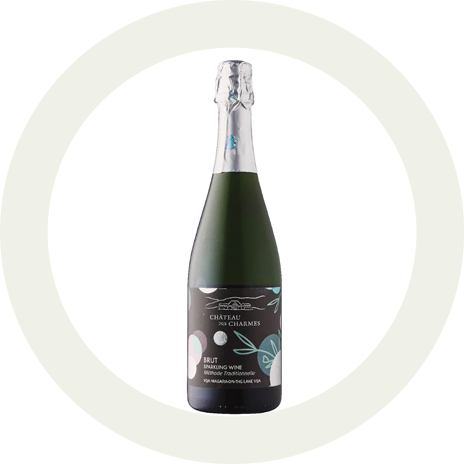
Sparkling Wine
Any reasonably dry sparkling wine is spot-on perfect for fried food. Most wines lose something when you pair them with tempura or a thick beer batter. Not so with sparkling wine; its bubbles and crisp acids cut through the weight of fried food as if the wines were made for the dish. These wines also pair well with oysters, scallops and shrimp salad.

Chenin Blanc, Sauvignon Blanc, Pinot Gris
These are the aristocrats of white fish wines. Dry, austere and crisp, chenin blanc and pinot gris are the wines to reach for when serving lean, white fish cooked simply. Flounder, halibut, walleye, snapper, raw clams, or oysters all do well with these wines. Alternatively, you can use these wines to cut through the natural fat in some fish, such as striped bass, catfish, lobster or mussels.
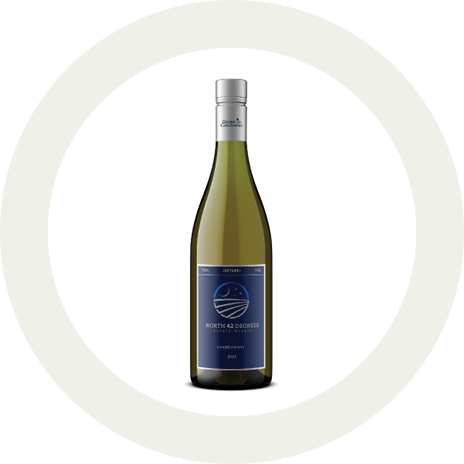
Chardonnay, Fumé Blanc, Viognier
Chardonnay pairs well with salmon, bass, crab, raw oysters and lobster. The theory here is to match a full-bodied wine with a full-bodied dish. If you have a broth-based soup, chardonnay works wonderfully. If you have a fish that’s a little oilier, such as mackerel, try viognier.
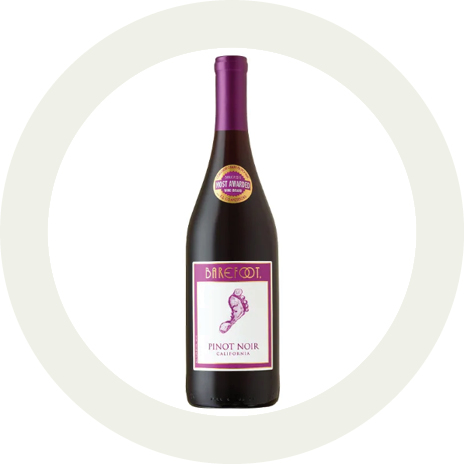
Pinot Noir, Gamay, Chianti
There are precious few instances where you’d want a big red with seafood, but light reds can pair quite well with salmon, tuna, marlin, swordfish, mackerel, bluefish, or other fatty, meaty, big-flavoured fish. Pro tip: avoid combining reds with spicy seafood, as you are likely to get a nasty metallic taste.
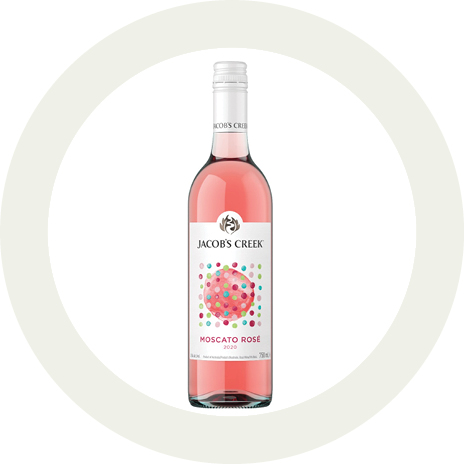
Rosé
Rosé wines are great when a dish’s sauce is heavier than what a white would call for, but not quite right for a full-on red. Rosés can substitute for full-bodied whites such as chardonnay and fumé blanc. Consider them when grilling tuna steaks.
By Carmelo Giardina


